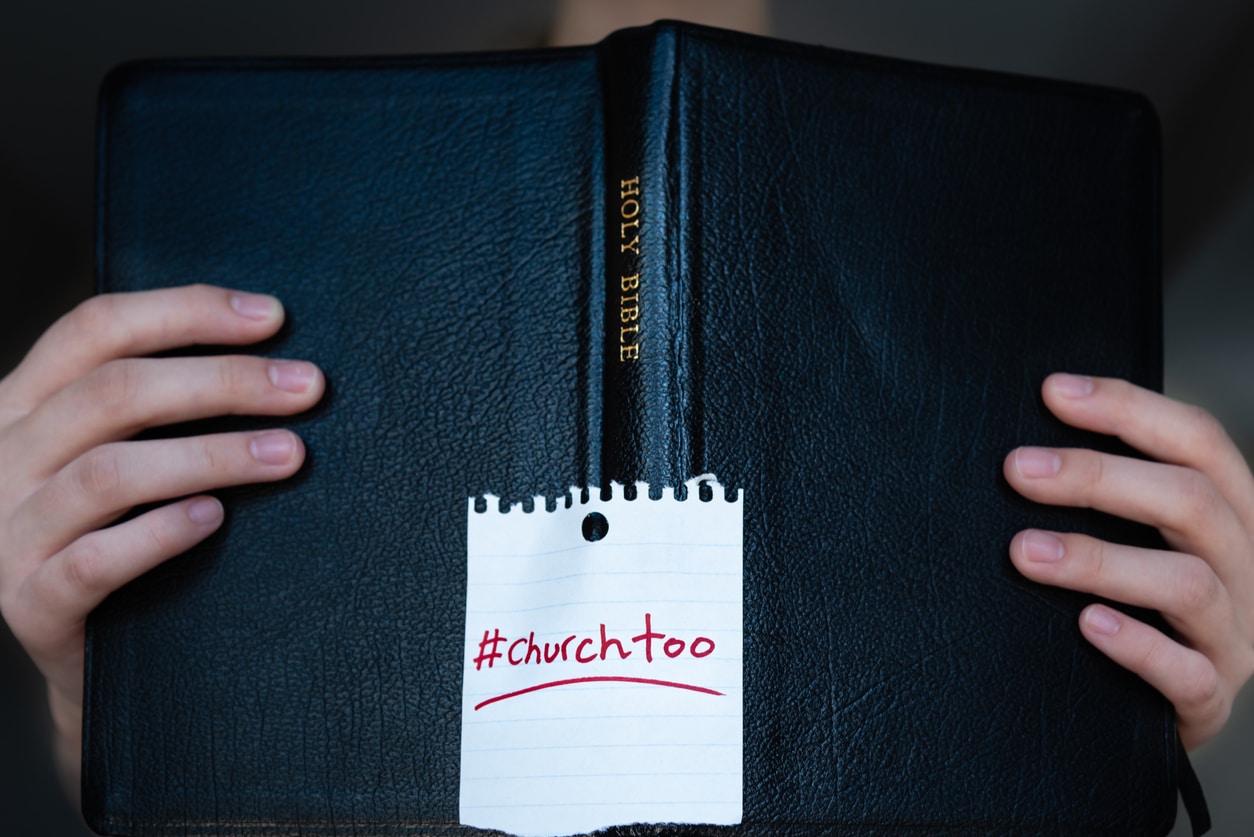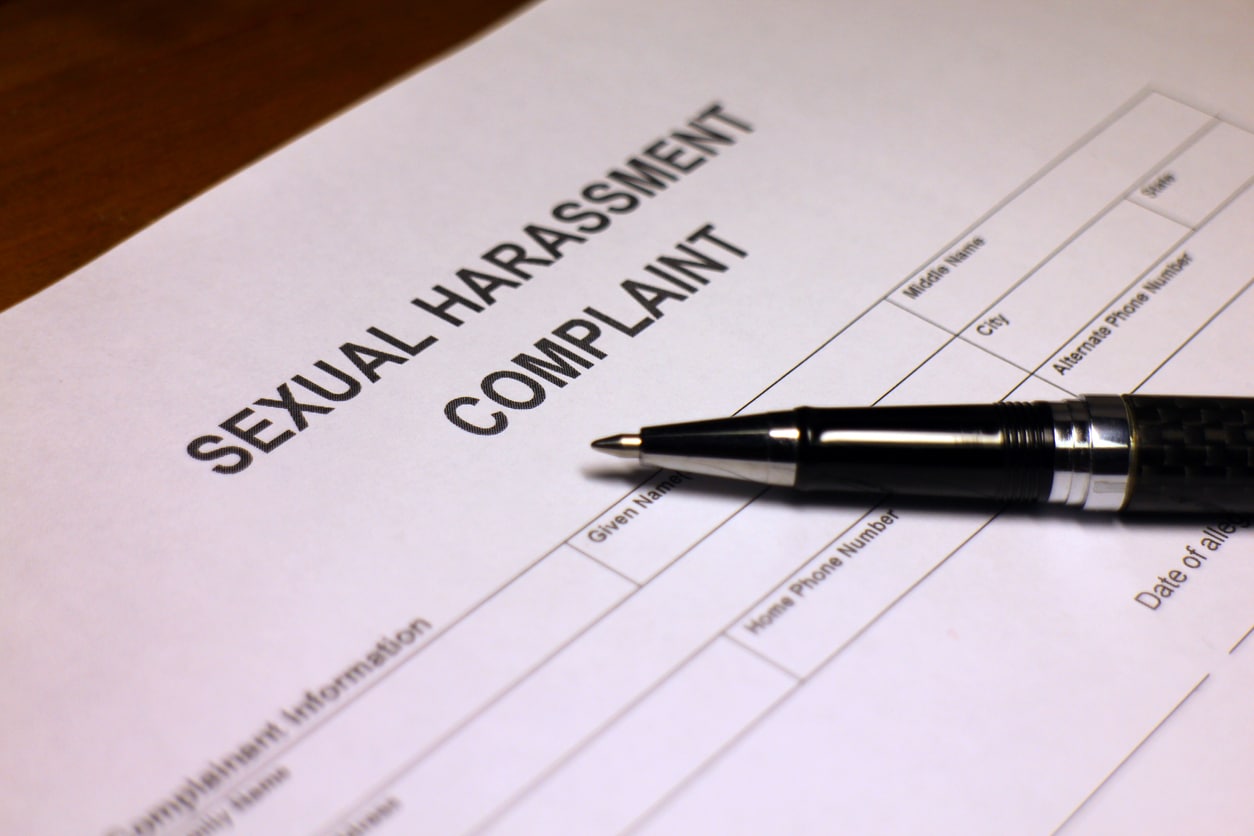Victims Feel Left Out of Methodist Church’s Response to Sexual Harassment Charges
The Catholic Church isn’t the only religious organization dealing with sexual harassment charges against their religious leaders. But when the United Methodist Church said it had reached a “Just Resolution” with one of the denomination’s most visible pastors, the victims of his sexual misconduct said they felt left out.
Victims Raise Sexual Harassment Charges Against Progressive Methodist Pastor
In November 2018, four women came forward to file sexual harassment complaints with the United Methodist Church against one man: Rev. Donald “Bud” Heckman. Heckman was a well-known progressive pastor from the West Ohio Conference. Famous for his work on inter-faith projects and diversity projects, Heckman had even served on a White House Interreligious Cooperation Task Force during the Obama administration.
But at the same time, Heckman is alleged to have been engaging in unethical and illegal treatment of women he worked with, including his ex-wife. The charges filed with the United Methodist Church alleged the following:
Inter-Faith Conference Leads to Unwelcome Sexual Advances
Megan Anderson, a former student-journalist for The Interfaith Observer met Heckman at the Parliament of World Religions in 2015 in Salt Lake City. Heckman served on the publication’s advisory board at the time. Anderson says he urged her to come to his hotel room then invited her onto his bed and groped her. She left immediately. However, she says Heckman sent her explicit text messages for months afterward expressing sexual fantasies and a desire to marry her.
Professional Promises and False Claims of Relationships
Emily Farthing’s claims against Heckman were similar. She met him at the 2014 North American Interfaith Network Conference, where she was receiving a young adult scholar award. She says Heckman sought her out offering professional advice and grant-writing assistance to help her get into divinity school. He even paid for her room. Then the sexually explicit texts started. At one point Farthing says Heckman came into her room in his underwear and sat on her bed. Eventually she says she stood up to him, refusing his desire to sleep with her. However, she says she learned later that he had been telling other women they had dated and that he helped her through a dark time.
Threats of Deportation After Dating Relationship Ends
K.R., who uses her initials out of fear of retaliation, says she also met Heckman through her interfaith work. She dated him in 2011 and early 2012, when she learned he was still married (he had told her he was divorced), and says she discovered him with another woman. A few months later, he started emailing, calling, and coming to her apartment. According to her charges, “It was a combination of ‘I love you’ and ‘If you leave me I will do XYZ to you.’” K.M. who was in the U.S. on a work visa, says Heckman even threatened to prevent her from staying in the United States.
K.R. filed a report with the New York Police Department in July 2012. Heckman was arrested and pleaded guilty to non-criminal disorderly conduct. He was required to undergo counseling and comply with a two-year protection order.
Christian Morality Standards and an Ex-Wife’s Charges
The fourth woman in the United Methodist Church’s charges was Heckman’s ex-wife, Laura Heckman. She said she and Bud had been married for 20 years when he moved out in 2011. Then she learned about his affairs with other women, including K.R. Laura Heckman’s complaints are not sexual harassment as far as secular courts are concerned. However, the complaint raised concerns about the pastor’s violation of church morality rules against adultery and sexual behavior outside of marriage.
United Methodist Church Settles Complaints in Just Resolution
The West Ohio Conference of the United Methodist Church received the women’s complaints and reviewed them. Bishop Gregory V. Palmer issued a statement:
“The West Ohio Conference takes seriously any allegation of a chargeable offense against a pastor.”
The charges included sexual harassment, sexual misconduct, and being uncelibate when single and unfaithful while married in violation of church rules. Heckman was suspended from active ministry pending a church trial– an internal process that could have caused him to lose his position, and his credentials as a pastor — originally scheduled for early December 2019. On December 23, 2019, the West Ohio Conference issued a statement saying the church had reached a Just Resolution with Heckman and that no church trial would occur.
That Just Resolution of the women’s complaints said that Heckman would “retire under complaint.” He would lose his appointment and would no longer perform ministerial activities within the United Methodist Church. Heckman also “acknowledged his regret in not being faithful to the ministerial covenant” by performing immoral acts, harassment, and misconduct. Bishop Palmer called the complaint an “arduous process, a burden, especially for the complainants.” He said:
“I deeply regret the harm that has been caused to any person due to an act of sexual misconduct by a pastor. There is no excuse. . . . It is my fervent prayer that all who have been impacted by this matter may continue to heal.”
Sexual Harassment Victims Feel Left Out of Church’s “Just Resolution”
But this resolution to the women’s complaints didn’t feel “just” to them. Megan Anderson told the New York Times:
“I really don’t feel like we were heard. . . . He’s getting a slap on the hand. It leaves victims out of the picture.”
When Heckman’s trial was postponed and then cancelled in favor of the Just Resolution, the accusers say they were left out of the church’s investigative process. They were not required to approve the agreement, and in fact, never signed it. Laura Heckman said:
“It was an opportunity, that’s the saddest part. What I hoped was that the church would take a stand and be an advocate for women, to demonstrate that they are honored and protected. . . . We were completely isolated and left out of the conversation.”
Victims Need Advocates to Make Their Voices Heard
The United Methodist Church isn’t the only organization with an internal process that removes sexual harassment victims from the investigation. Often, after a complainant comes forward with sexual misconduct charges, they are pushed to the side while investigators and Human Resources officers investigate and settle the claims on their own. The victims’ only recourse if they feel the settlement is not enough is to file sexual harassment charges with the Equal Employment Opportunity Commission (EEOC) or their state anti-discrimination agency. However, as with the women in Heckman’s case, many victims of sexual harassment don’t come forward until long after the deadline to file an EEOC complaint has passed. Others, like Laura Heckman, have sexual misconduct claims that don’t fit into the definition of discrimination on a state or federal level.
That is why it is so important for the victims of sexual harassment and abuse to talk to someone early — in the weeks or months after the misconduct, if possible — to protect their claims. At Eisenberg & Baum, LLP, we have sexual harassment and sex abuse attorneys who know how to approach these claims from all sides, from employment-based charges with the EEOC, to civil lawsuits, to criminal charges. We can help you decide whether to rely on your organization’s internal processes, or go public by filing a federal claim or lawsuit. If you are facing sexual harassment within your religious organization, we can help. Contact Eisenberg & Baum, LLP, today to talk to an attorney.




